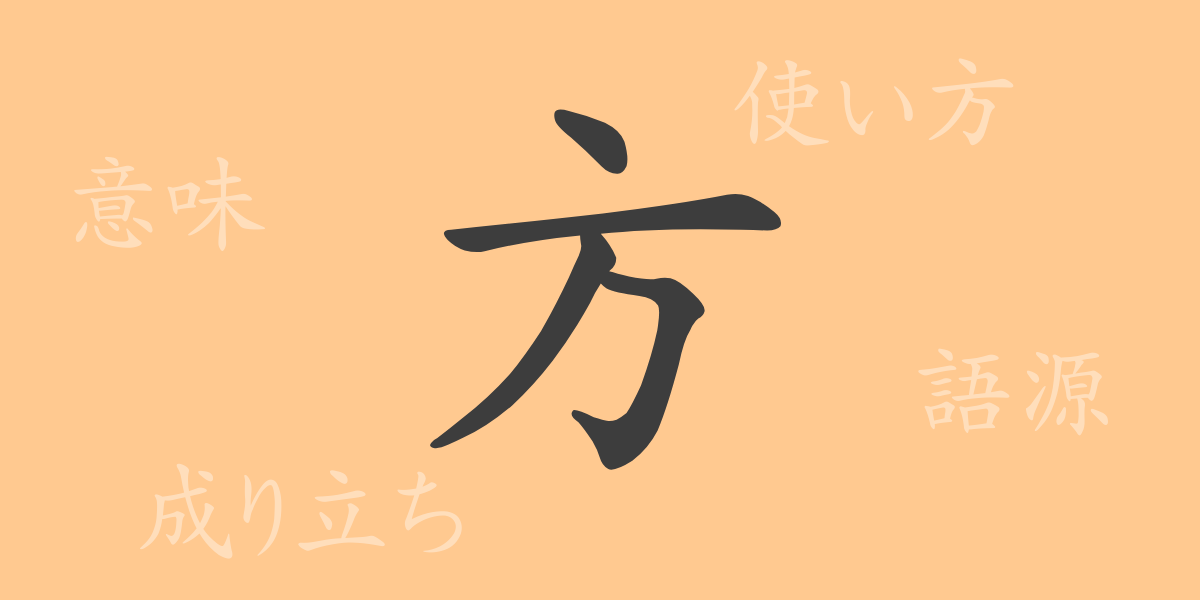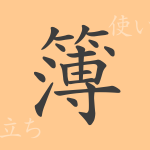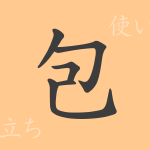The kanji “方” (ほう, hou) plays a crucial role in Japanese culture and language. The rich meanings and usages of this single character reveal the depth of Japanese expression. In this article, we will explore the origins and modern uses of this commonly used kanji, delving deeply into its charm.
Origins of 方 (ほう, hou)
The kanji “方” (ほう, hou) originated in ancient China as a pictograph representing a rhombus, a tool used to indicate right angles. This shape’s representation of “directionality” and “demarcation” evolved into various modern meanings. As a fundamental concept indicating time and space, this kanji plays a central role in East Asian languages.
Meanings and Uses of 方 (ほう, hou)
“方” (ほう, hou) has multiple meanings. It is primarily used to indicate “direction” or to express “method” or “way.” Additionally, it serves as an honorific term for people, appearing in daily conversations in forms like “あなた方” (あなたがた, anatagata) or “彼方” (かなた, kanata). Moreover, this kanji frequently appears in place names and personal names.
Readings, Stroke Count, and Radical of 方 (ほう, hou)
The kanji “方” (ほう, hou) has various readings in Japanese.
- Readings: The on’yomi (音読み, Chinese reading) is “ホウ” (ほう, hou), and the kun’yomi (訓読み, native Japanese reading) is “かた” (かた, kata).
- Stroke Count: “方” (ほう, hou) has 4 strokes.
- Radical: The radical for this kanji is “方部” (ほうぶ, houbu).
Idioms, Proverbs, and Phrases Using 方 (ほう, hou)
There are numerous idioms, proverbs, and phrases that include “方” (ほう, hou). Here are a few examples:
- 四方八方 (しほうはっぽう, shihou happou): All directions; everywhere.
- 方法論 (ほうほうろん, houhouron): A systematic method or theory to achieve a goal.
- 一方通行 (いっぽうつうこう, ippou tsuukou): One-way traffic.
- 天方夜譚 (てんぽうやだん, tenpou yadan): An unbelievably strange story or event.
- 立つ鳥跡を濁さず (たつとりあとをにごさず, tatsu tori ato wo nigosazu): A proverb meaning to leave without leaving a mess, akin to “leave no trace” in English.
Conclusion on 方 (ほう, hou)
The kanji “方” (ほう, hou) demonstrates how a simple shape can carry diverse meanings. Frequently used in daily life, this kanji is a remarkable example of the richness of Japanese expression. From indicating direction to encompassing methods of action and thought, it includes a wide range of concepts. Whenever you use the kanji “方” (ほう, hou), consider its profound history and meanings.

























